Axolotl Food
When it comes to providing optimal nutrition for your axolotl, understanding the nuances of axolotl food is essential for maintaining their health and vitality.
Axolotls, unique amphibians known for their regenerative abilities, thrive on a carnivorous diet that includes a variety of protein-rich foods.
For adult axolotls, the best food options include high-quality pellets specifically designed for carnivorous amphibians.
These pellets offer a balanced nutritional profile, ensuring that your axolotl receives essential vitamins and minerals.
In addition to pellets, live food such as bloodworms, earthworms, and brine shrimp can significantly enhance their diet, providing not only nutrition but also mental stimulation as they hunt.
Juvenile axolotls can also benefit from smaller food items like daphnia and blackworms, which are easier for them to consume.
Nightcrawlers are another excellent option, as they are rich in protein and can be chopped into smaller pieces for younger axolotls.
In an aquarium setting, it is crucial to maintain a varied diet.
Incorporating worm options like salmon and other suitable protein sources can ensure your axolotl remains healthy and active.
While live food is often favored due to its nutritional density, frozen or freeze-dried alternatives can also be effective, providing convenience without sacrificing quality.
Axolotl Food List
Providing a well-balanced diet is crucial for the health and vitality of your axolotls.
Axolotl food should include a variety of protein sources to meet their nutritional needs. Here’s an in-depth look at the best food options available:
1.) Earthworm
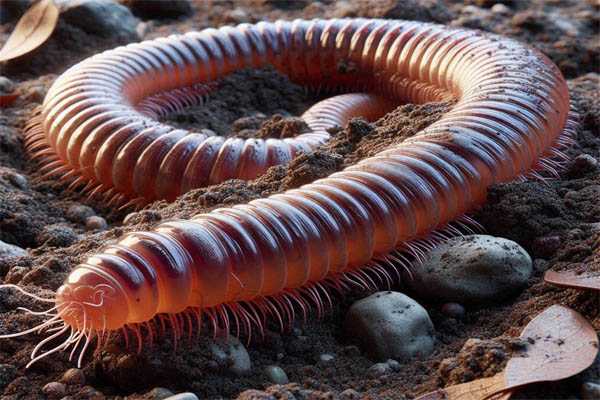
Earthworms are one of the most favored foods for axolotls due to their rich protein content and essential nutrients. They are soft-bodied, making them easy for axolotls to consume.
Earthworms encourage natural hunting behaviors, as axolotls will often chase and capture them.
They can be found in many backyards and gardens, but make sure they are sourced from chemical-free environments to avoid toxins that could harm your pet.
2.) Daphnia
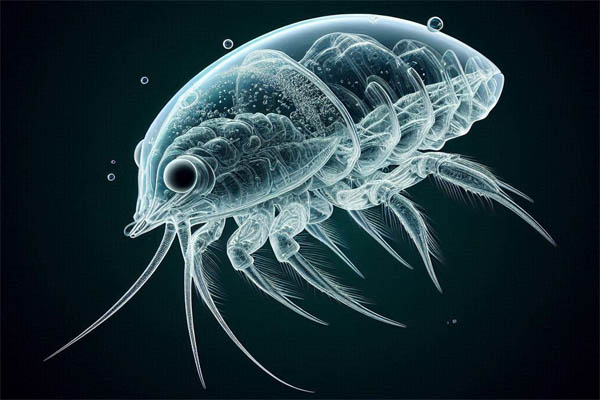
Commonly known as water fleas, Daphnia are tiny crustaceans that are perfect for feeding axolotls.
They are high in protein and provide a variety of essential fatty acids, which are important for growth and health.
Daphnia can be fed live, which stimulates the axolotl’s natural hunting instincts, or in frozen form, making them a versatile option.
They are especially beneficial during the growth stages of your axolotl, supporting their development with rich nutrients.
3.) Pellets
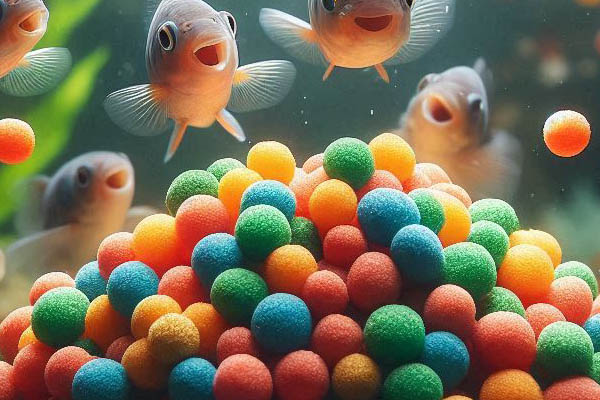
Specialized pellets designed for axolotls are a convenient option that can supplement their diet effectively.
These pellets are often fortified with vitamins and minerals to ensure a balanced intake of nutrients.
It’s important to soak pellets in water for a few minutes before feeding, as this softens them, making it easier for axolotls to chew and swallow.
Pellets provide a practical feeding solution, especially for busy owners, and can be used in conjunction with live food for variety.
4.) California Blackworm
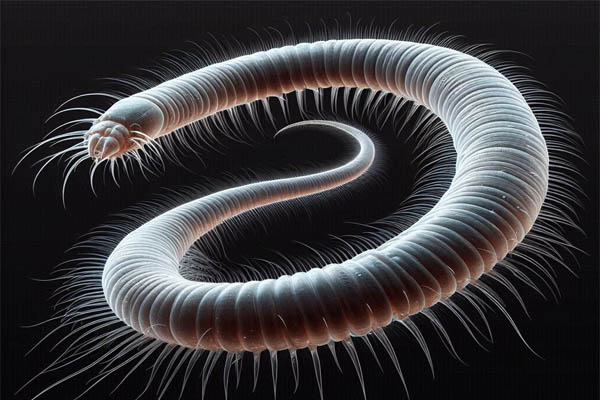
This worm species is a popular live food choice among axolotl enthusiasts.
California blackworms are rich in protein and can be fed in significant quantities without harming your pet.
They have a distinctive wriggling motion that attracts axolotls, promoting their natural hunting instincts.
These worms can be easily cultivated at home, making them an accessible and nutritious food source.
5.) Brine Shrimp
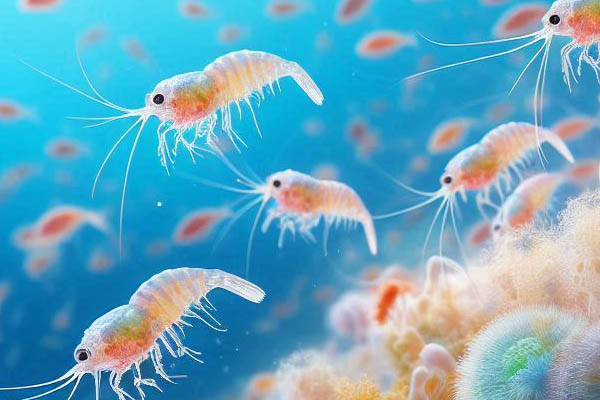
Brine shrimp are a nutritious addition to an axolotl’s diet, available both live and frozen.
They are high in protein and essential fatty acids, which support the health and energy levels of your axolotl.
Brine shrimp can be easily cultured in home aquariums or purchased in bulk, providing a lively and engaging feeding experience.
This food option is particularly beneficial for young axolotls, as it helps them grow strong and healthy.
6.) Live Food
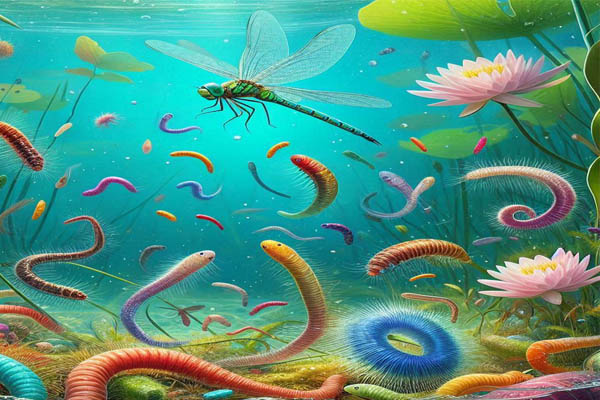
Offering a variety of live food options, such as worms and small aquatic creatures, is essential for mimicking the natural diet of axolotls.
Live food encourages exercise and keeps axolotls mentally stimulated, as they engage in their instinctual hunting behaviors.
This food category can include a variety of insects and small fish, ensuring your axolotl receives a well-rounded diet that resembles its natural habitat.
7.) Common Earthworm
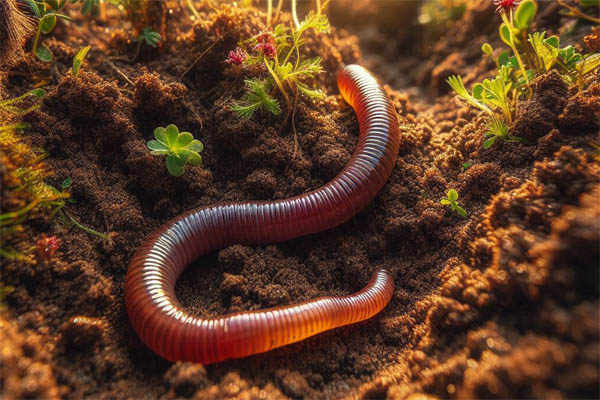
Like their more specialized counterparts, common earthworms serve as an excellent food source for axolotls.
They are easy to source and can be fed whole, providing essential nutrients and protein.
Common earthworms are readily available in many regions and can be collected from gardens or purchased from bait shops.
Always ensure that these worms are free from pesticides and chemicals to maintain your axolotl’s health.
8.) Frozen Food
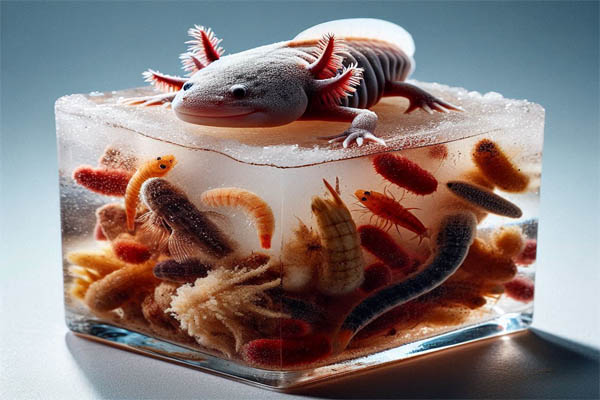
Frozen food options, such as brine shrimp, Daphnia, and even specialized frozen axolotl diets, are convenient for many pet owners.
These foods retain their nutritional value and can be stored for extended periods, allowing you to have a variety of feeding options on hand.
When using frozen food, simply thaw it before offering it to your axolotl.
This method is particularly useful when you want to provide a quick meal without compromising on nutrition.
9.) Goldfish
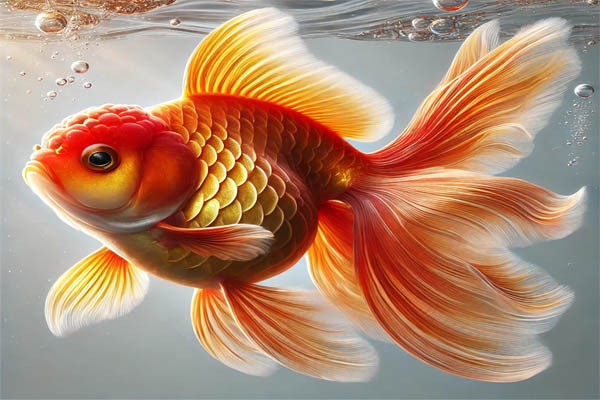
While goldfish may seem like a tempting option for feeding axolotls due to their availability, they should be used sparingly.
Goldfish can be high in fat and may not provide a balanced diet.
Additionally, they carry a risk of introducing diseases and parasites.
If you do choose to offer goldfish, make sure they are small and fresh, and consider using them as an occasional treat rather than a staple in your axolotl’s diet.
10.) Other Bugs
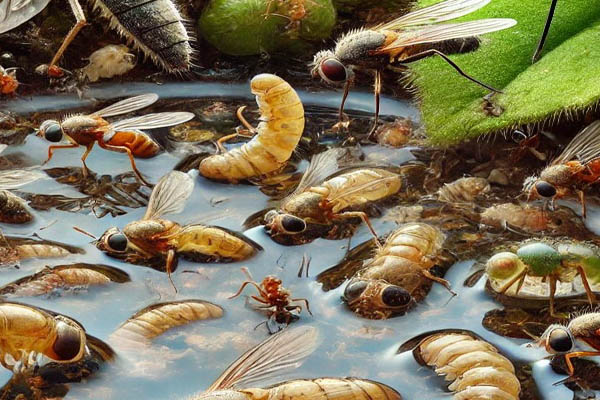
Axolotls can thrive on a variety of other bugs, including fruit flies, mosquito larvae, and various insects.
These bugs add diversity to their diet and help replicate their natural feeding habits.
Many axolotl owners appreciate the opportunity to catch or culture these insects at home, offering their pets a fresh and varied diet that keeps them engaged and healthy.
11.) Repashy Grub Pie
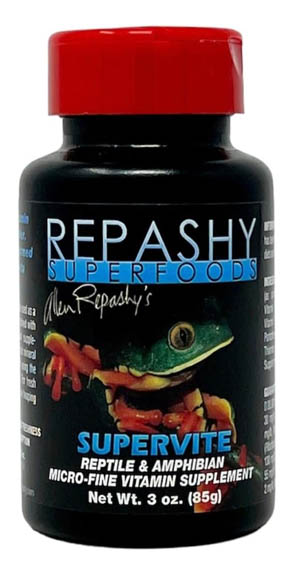
This specially formulated gel food is ideal for carnivorous pets like axolotls.
Repashy Grub Pie is rich in protein, vitamins, and minerals, providing a nutritious alternative to traditional food sources.
The gel format makes it easy to portion and feed, and it can be cut into small pieces to suit your axolotl’s size.
This product is particularly appealing to picky eaters, as it offers a delicious and healthy option that can enhance their diet.
What Human Food can Axolotls Eat?
While axolotls are primarily carnivorous and thrive on a diet of live and frozen foods, they can occasionally eat certain human foods in moderation.
However, it’s important to ensure that these foods are safe, nutritious, and appropriate for their dietary needs. Here are some human foods that axolotls can eat:
1.) Cooked Meat
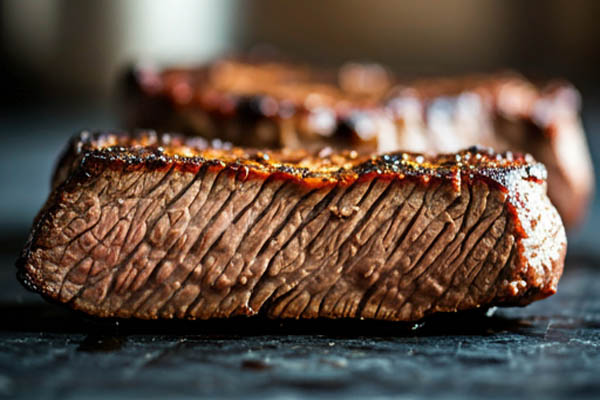
Small pieces of cooked fish (such as salmon or tilapia), shrimp, or chicken can be offered as an occasional treat.
Ensure that the meat is plain, without any seasoning, sauces, or oils.
2.) Eggs
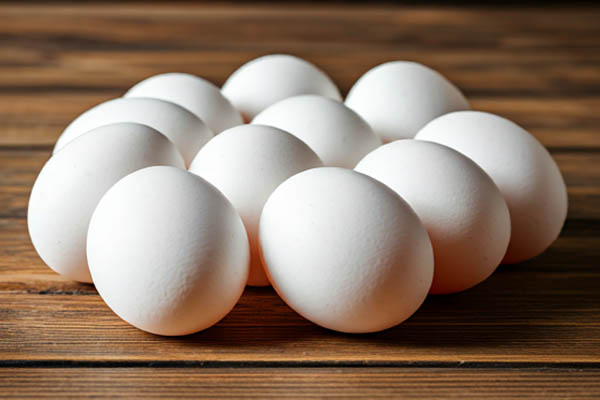
Hard-boiled eggs can be offered in small amounts. The yolk is high in protein and can be beneficial, but it should be given sparingly due to its richness.
3.) Vegetables
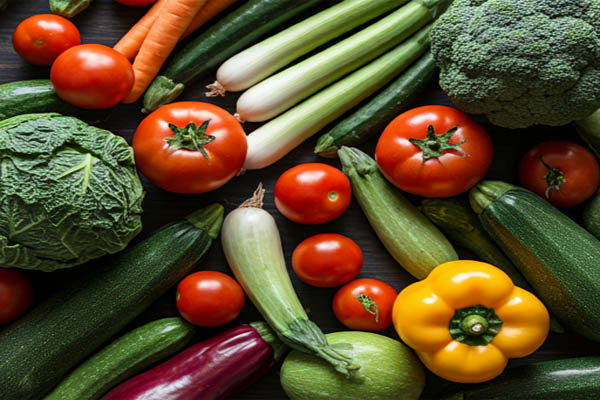
While axolotls don’t typically eat vegetables, small pieces of soft, cooked vegetables like peas or zucchini can be offered occasionally.
Make sure they are mashed or finely chopped to aid in consumption.
4.) Gel Food
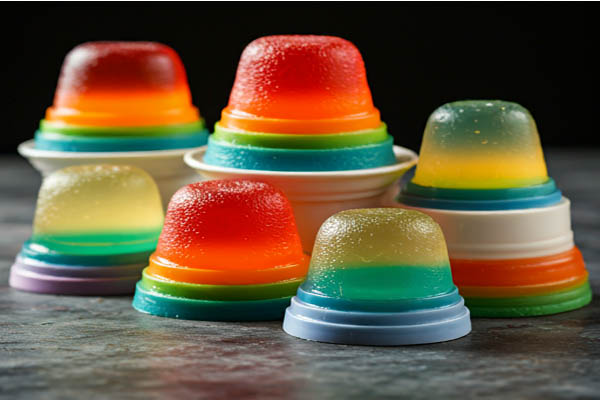
Commercially available gel foods designed for carnivorous pets, such as Repashy Grub Pie, can also be considered human food for axolotls.
These products are formulated to meet their nutritional needs and can be a convenient option.
5.) Crushed Shrimp or Fish Treats
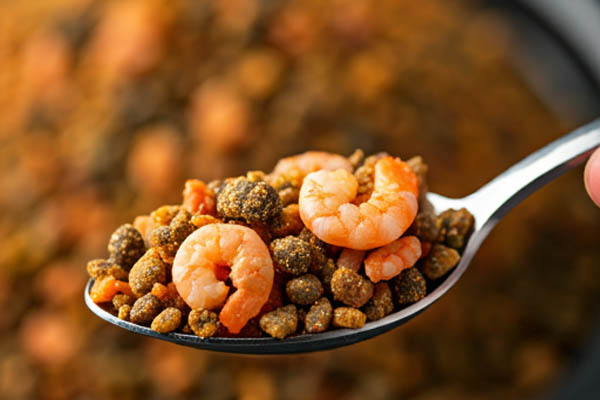
Certain dried shrimp or fish treats found in pet stores can be offered occasionally. Check that these treats are free from preservatives or additives harmful to aquatic life.
Important Considerations
- Avoid Processed Foods: Foods that are processed or contain additives, preservatives, or high salt content should be avoided. This includes chips, bread, and other common snacks.
- Moderation is Key: Human foods should only be given as treats and should not replace a balanced diet of appropriate axolotl food like earthworms, Daphnia, and specialized pellets.
- Observation: Always monitor your axolotl’s reaction to new foods. If they show signs of distress or refusal to eat, discontinue the new food and stick to their regular diet.
When introducing any new food, ensure it is fresh, clean, and safe for aquatic animals to maintain the health and well-being of your axolotl.
Axolotl Food in the Wild
In the wild, axolotls primarily inhabit freshwater lakes and canals, where they thrive in aquatic environments rich in biodiversity.
Their diet consists of various prey that are readily available in their natural habitats. Here’s a look at the typical axolotl food in the wild:
1.) Insects
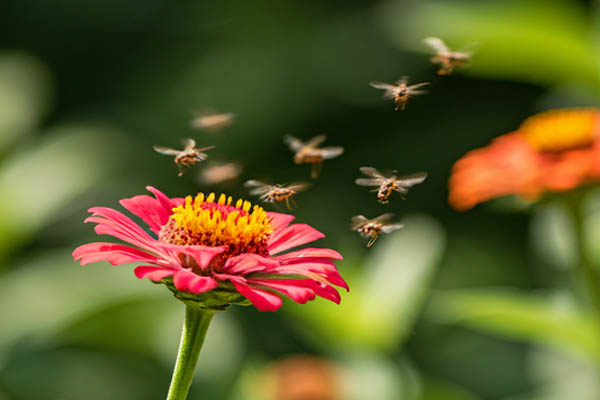
Axolotls are opportunistic feeders and consume various insects, including larvae, beetles, and water striders. These insects provide essential protein and nutrients vital for growth and health.
2.) Worms
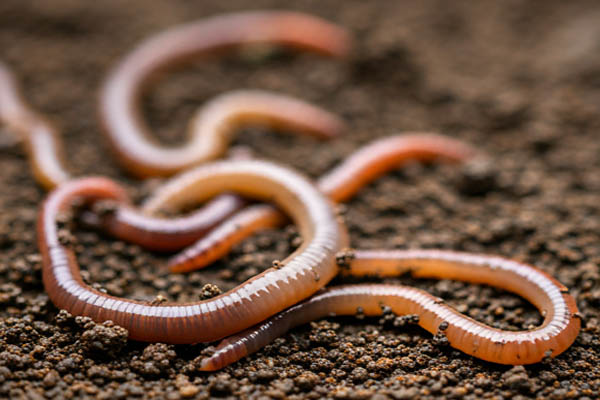
Earthworms, including various species of aquatic worms, make up a significant portion of an axolotl’s diet. These worms are easy to catch and provide a rich source of protein.
3.) Small Fish
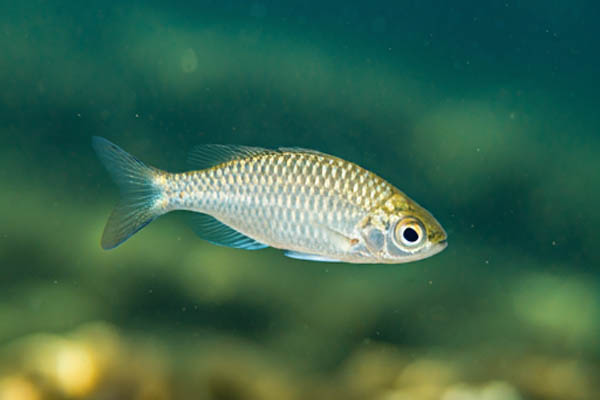
In their native lakes, axolotls may prey on small fish and fish larvae. This can include species like minnows, which are abundant in their aquatic ecosystems.
3.) Crustaceans
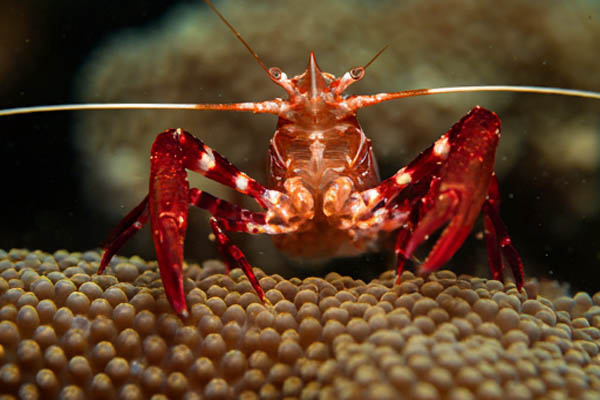
Axolotls also consume crustaceans such as Daphnia (water fleas), brine shrimp, and tiny amphipods. These small creatures are not only nutritious but also stimulate the axolotl’s natural hunting behaviors.
4.) Other Aquatic Organisms
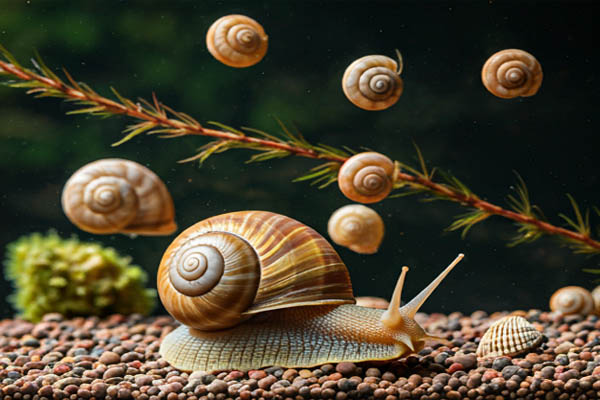
Besides fish and crustaceans, axolotls may feed on various aquatic organisms, including snails and small mollusks. They can even consume other amphibians or small vertebrates when available.
5.) Frogs and Tadpoles
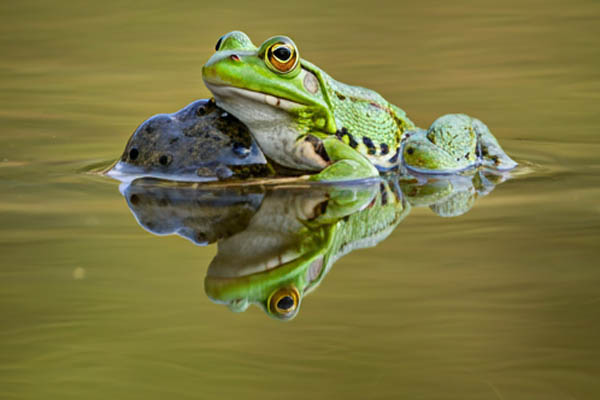
Axolotls may eat smaller amphibians, including frog eggs, tadpoles, and even small adult frogs. This adds variety to their diet and helps them get the nutrients they need.
Axolotl Food Chain
The axolotl food chain is a vital component of its aquatic ecosystem, illustrating how axolotls fit into the broader web of life in their natural habitat.
Understanding this food chain helps us appreciate their role as both predators and prey within their ecosystem. Here’s an overview of the axolotl food chain:
1.) Producers
At the base of the food chain are producers, which are typically aquatic plants and algae.
These organisms use sunlight to perform photosynthesis, converting light energy into chemical energy stored as food. Common producers in the axolotl’s habitat include:
- Aquatic Plants: Such as water lilies, duckweed, and various submerged plants that provide oxygen and shelter.
- Algae: Found in the water, algae are essential for photosynthesis and contribute to the food web.
2.) Primary Consumers
Primary consumers are herbivores that feed on the producers. In the context of an axolotl’s habitat, these may include:
- Aquatic Invertebrates: Such as snails and small crustaceans that graze on algae and plant matter.
- Small Fish: Some smaller fish species feed on algae and plant material, serving as a link between producers and higher trophic levels.
3.) Secondary Consumers
Secondary consumers are organisms that feed on primary consumers. Axolotls fall into this category, as they are carnivorous and primarily feed on:
- Insects: Including larvae, beetles, and other small aquatic insects.
- Worms: Various types of worms, including earthworms and blackworms.
- Small Fish and Crustaceans: They also prey on small fish and aquatic crustaceans, such as Daphnia and brine shrimp.
4.) Tertiary Consumers
Tertiary consumers are top predators that feed on secondary consumers. In some ecosystems, larger fish or amphibians may occupy this role.
However, axolotls themselves can also be considered tertiary consumers in the absence of larger predators. Potential tertiary consumers that may prey on axolotls include:
- Birds: Such as herons and kingfishers, which may hunt axolotls when they are close to the surface or in shallow waters.
- Larger Fish: Certain predatory fish species may pose a threat to juvenile axolotls.
5.) Decomposers
At the end of the food chain are decomposers, such as bacteria, fungi, and detritivores (like earthworms).
These organisms play a crucial role in breaking down organic matter and recycling nutrients back into the ecosystem. This process enriches the soil and water, promoting the growth of producers, thus sustaining the food chain.
Axolotl Food Chart
Here’s a detailed axolotl food chart that outlines the various types of food suitable for axolotls, categorized by type, with additional information about each option.
This chart will help you understand their dietary preferences and nutritional needs.
| Food Type | Examples | Nutritional Benefits | Feeding Notes |
|---|---|---|---|
| Live Food | Earthworms | High in protein; stimulates natural hunting behavior | Use medium to small-sized worms to prevent choking |
| Daphnia | Good source of protein; easily digestible | Ideal for younger axolotls; provide in small quantities | |
| Brine Shrimp | Rich in protein and fats; encourages active feeding | Offer freshly hatched or frozen; thaw before serving | |
| California Blackworm | High in protein; encourages natural foraging behavior | Can be offered live or frozen; nutritious and palatable | |
| Frozen Food | Frozen Bloodworms | High protein content; good for growth | Thaw before feeding; can be mixed with other foods |
| Frozen Mysis Shrimp | Nutritious; high in protein and fat | Thaw and rinse before offering to avoid water pollution | |
| Pellets | Axolotl-specific pellets | Formulated to meet dietary needs; convenient | Choose high-quality pellets; ensure proper size for axolotls |
| Commercial Gel Food | Repashy Grub Pie | Balanced nutrition; suitable for all life stages | Prepare according to package instructions; provide fresh |
| Other Protein Sources | Cooked fish (e.g., tilapia, salmon) | Rich in protein and essential fatty acids | Cut into small pieces; avoid seasoning |
| Hard-boiled eggs | Provides protein and healthy fats | Offer yolk in small amounts; avoid excess | |
| Insects and Bugs | Crickets | High protein; encourages natural hunting instincts | Ensure insects are appropriately sized; gut-load if possible |
| Mealworms | Good source of protein; rich in fats | Offer in moderation due to high fat content | |
| Vegetables (Occasional) | Soft-cooked peas | Source of vitamins; can be beneficial in small amounts | Mash or finely chop before feeding |
| Zucchini | Contains vitamins; should be offered sparingly | Cook and cut into small pieces; not a primary food source |
Additional Notes:
- Feeding Frequency: Juvenile axolotls may require feeding daily, while adults can be fed every other day.
- Portion Size: Offer food that is appropriate for the size of the axolotl. Avoid large pieces that could lead to choking.
- Hydration: Ensure that axolotls have clean, chlorine-free water, as hydration is crucial for their overall health.
- Variety: Providing a varied diet can help ensure that axolotls receive balanced nutrition, preventing deficiencies and promoting healthy growth.
This food chart serves as a guide for maintaining the dietary health of axolotls, allowing pet owners to provide a balanced diet that mimics their natural food sources in the wild.
Axolotl Nutrition: Ensuring Health and Vitality
Axolotl food is essential in ensuring the health and vibrancy of this fascinating aquatic pet, which is known for its unique physiology as a carnivorous amphibian.
Axolotls require a protein-rich diet, ideally featuring a range of live, frozen, and even freeze-dried foods.
Earthworms and tubifex worms are prime sources of protein and essential minerals, while brine shrimp, chironomidae, and daphnia add critical nutrients that aid in metabolism and help maintain healthy gills and a strong heart.
Other beneficial foods for axolotls include salmon, turkey, and occasional Lumbriculus variegatus, which provide beneficial fats and proteins without overwhelming their gastrointestinal tract.
Axolotls are known to benefit from nutrient-dense diets that mimic their natural habitat, where they consume aquatic animals such as fish larvae, small insects, and chironomidae.
Foods like worms, crickets, and the annelid Glycera are excellent choices, as they contribute to protein intake while also supporting the development of essential biological pigments and β-carotene.
These pigments help maintain their skin color, while vitamins and minerals strengthen their organs and overall health.
Algae and certain plants may occasionally be consumed, though axolotls are primarily carnivores with limited need for vegetation in their diet.
For tank health, it’s essential to maintain clean water and avoid gravel or sand that can be accidentally ingested, potentially harming their digestion or leading to swim bladder complications.
A well-maintained aquarium supports not only digestion but also metabolism, as axolotls depend on a stable environment for energy regulation.
Sand and gravel should be carefully chosen to prevent ingestion that could impact the swim bladder or cause blockages, affecting both their digestion and length of life.
Additional foods like small shrimp, vegetables, and even tiny portions of beef or turkey can be offered in moderation, ensuring they don’t consume too much fat or carbohydrates.
These foods, in freeze-dried or fresh forms, offer options that can be stored easily and used to supplement a regular diet of worms, fish larvae, and insects.
High-protein sources such as hermetia illucens, otherwise known as black soldier fly larvae, provide added protein without overwhelming their delicate system.
Providing the right nutrition is crucial for axolotls, but their dietary needs can also vary depending on their Axolotl Colors, as certain pigments are linked to specific health considerations.
As amphibians, axolotls are closely related to salamanders and newts, and they share similar dietary needs, though care must be taken to adjust food size as they grow.
Monitoring their inch-by-inch growth is also essential to prevent overfeeding and to ensure that they receive the appropriate nutrients for their length and health needs.
Maintaining an appropriate protein-to-fat ratio is crucial for their digestion and metabolism.
Supplementary foods such as certain aquarium fish feed, brine shrimp, and freeze-dried daphnia can be rotated to ensure a balanced diet rich in vitamins, minerals, and nutrients.
In this way, axolotls stay vibrant and healthy, with steady energy and proper function across their organ systems.
Emails or paper guides from veterinarians and aquatic specialists are helpful for ongoing education on axolotl dietary needs, particularly when it comes to specialized care for metabolic health and nutrient balance.
A well-informed approach to axolotl feeding will ensure that their nutritional needs are fully met, supporting their unique physiology and keeping them healthy and active in the aquarium environment.
When it comes to caring for axolotls, understanding their dietary needs is essential, making Axolotl Food a critical topic for all fishkeeping enthusiasts.
Axolotls are carnivorous creatures, and their diet should primarily consist of protein-rich sources to support their unique biological needs.
One of the best options for Axolotl Food is frozen food. This includes a variety of protein-rich offerings, such as small shrimp, worms, and even fleas, which are excellent for their growth and health.
These frozen foods are not only convenient but also help ensure that axolotls receive essential nutrients.
In particular, frozen food retains vital minerals that axolotls need for development, such as calcium and phosphorus, which support their skeletal structure.
For those looking to diversify their axolotl’s diet, adding small crustaceans like Diplostraca can be beneficial.
These organisms are high in protein and contribute to the overall nutritional balance, providing important minerals and promoting healthy growth.
Additionally, freeze-drying is another effective method for preserving food.
Freeze-dried axolotl food maintains essential nutrients, including glycogen and starch, which serve as energy sources for these amphibians.
It’s important to note that when feeding axolotls, you should monitor the size of the food in relation to their mouth.
Their mouths are wide, allowing them to consume relatively large prey, but offering food that is too big can cause problems, such as gas buildup.
Properly sized food items not only ensure safe consumption but also prevent digestive issues.
Incorporating a variety of food types—frozen, freeze-dried, and live—can help create a balanced diet for your axolotl.
By focusing on Axolotl Food and selecting the right options, you can support the health and vitality of these fascinating aquatic pets.
Last Words
The key to a thriving axolotl lies in a well-rounded approach to axolotl food, emphasizing a mix of pellets, live foods, and occasional protein-rich options.
This variety not only supports their carnivorous nature but also contributes to their overall well-being, ensuring these remarkable amphibians continue to flourish in their aquatic environments.

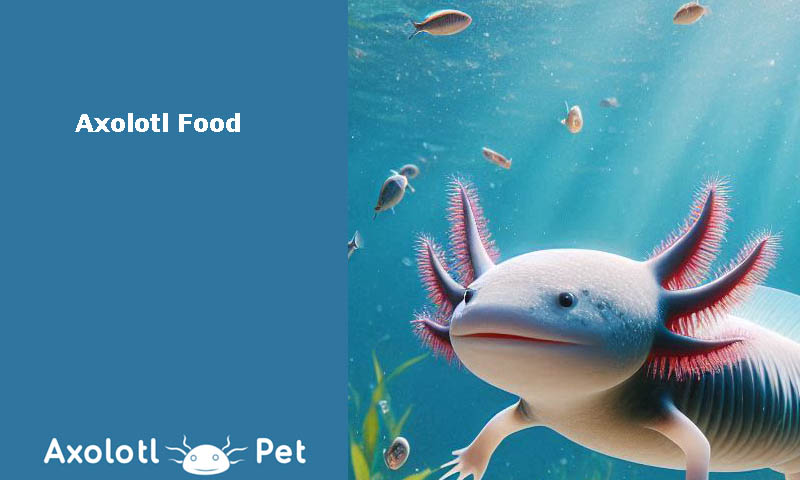
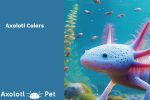
-0 Comment-